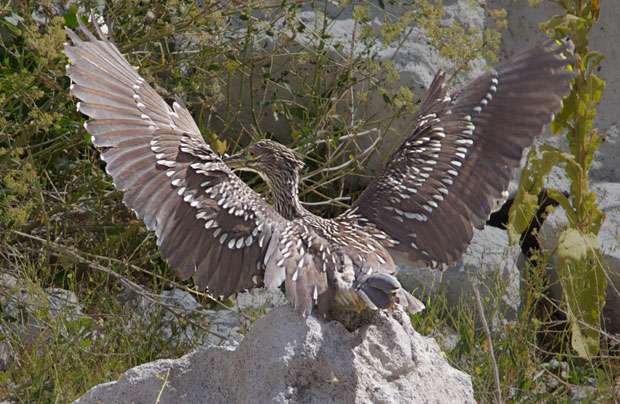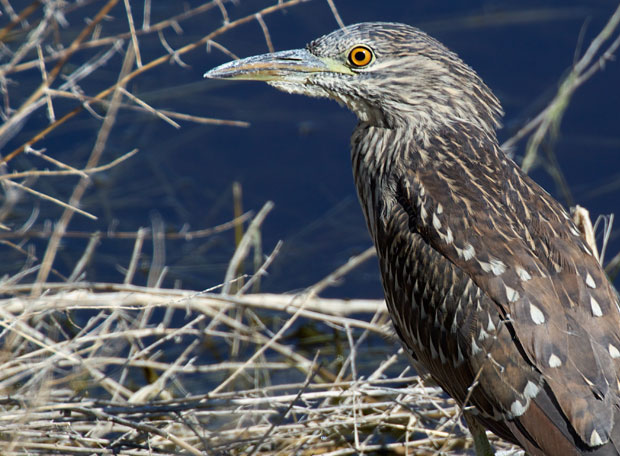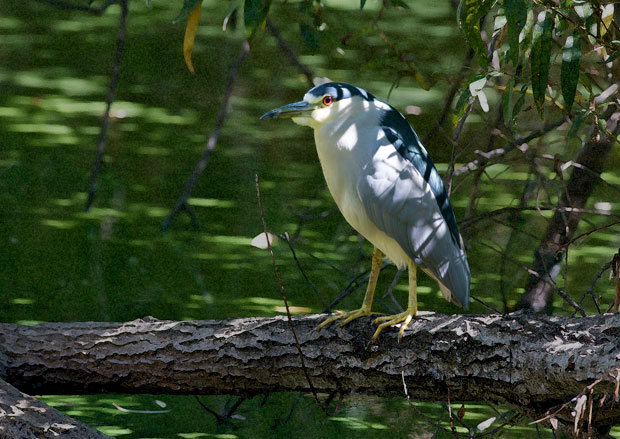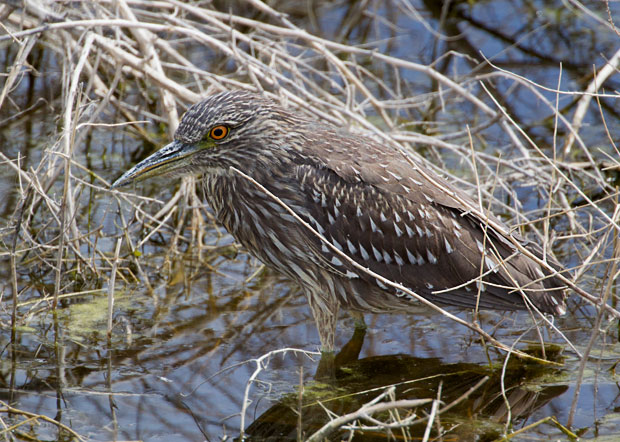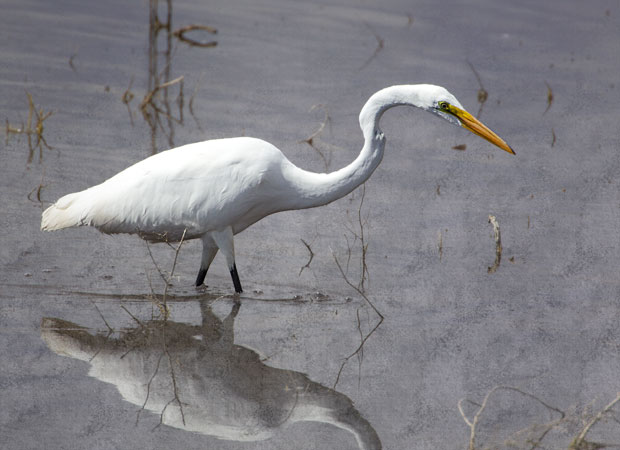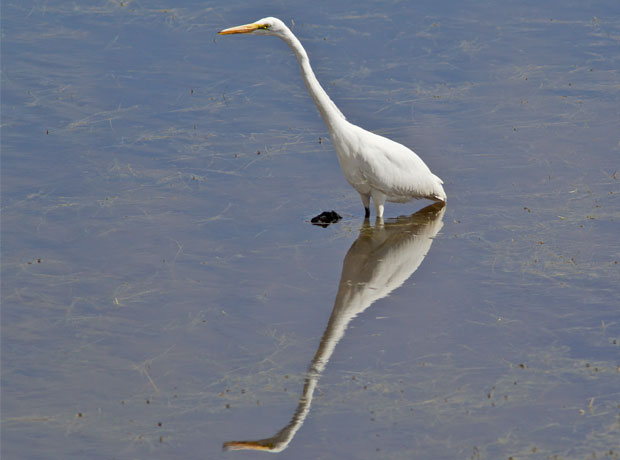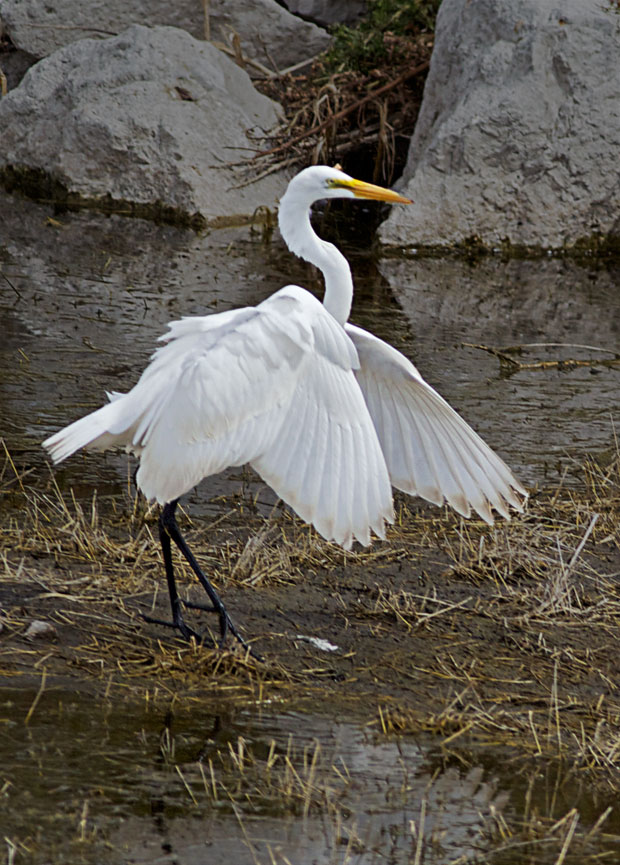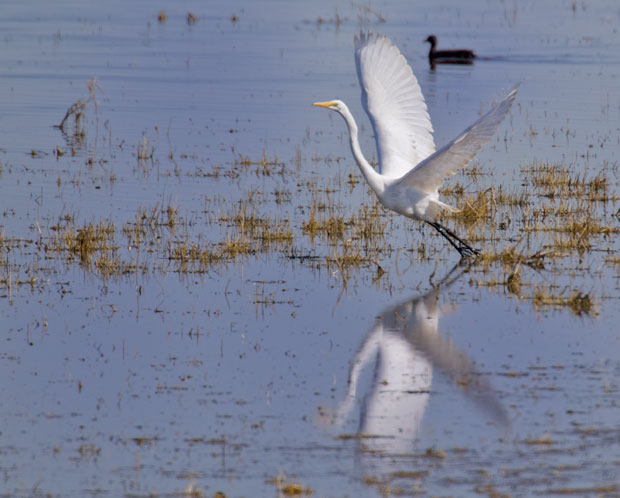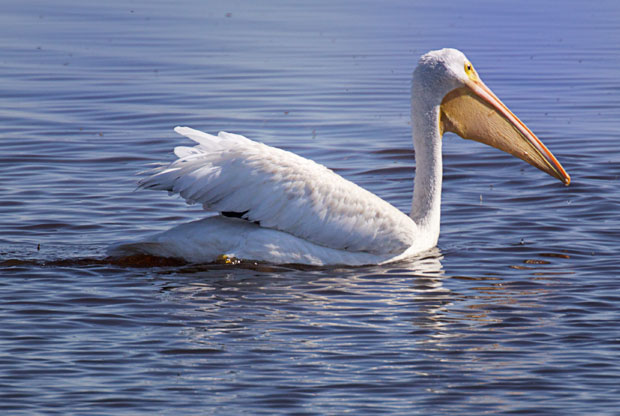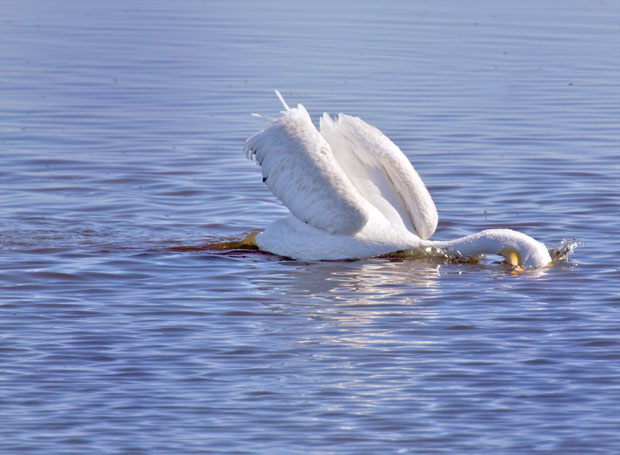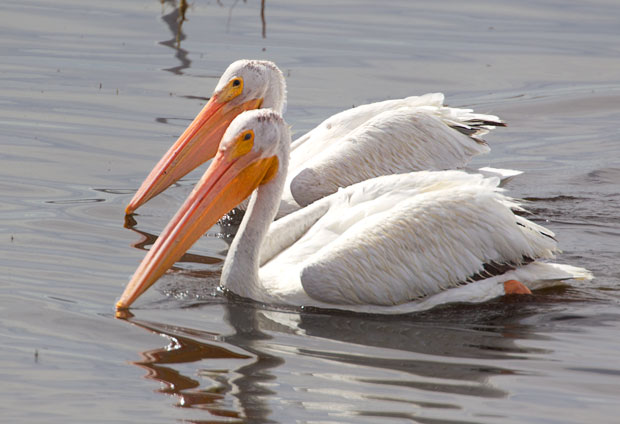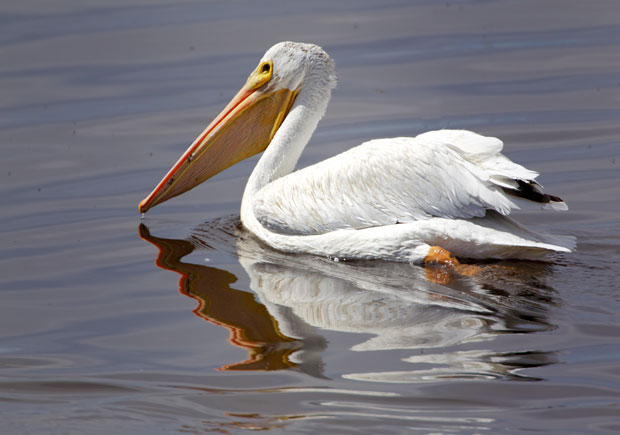It’s the birds I expect to find at Malheur that draw me back there, but unexpected birds bring the greatest delight.
I’ve seen several Northern Shrikes in Western Washington, but never managed to get a picture of one before, so I was delighted when I saw this one perched beside the road and even willing to pose after I got out:
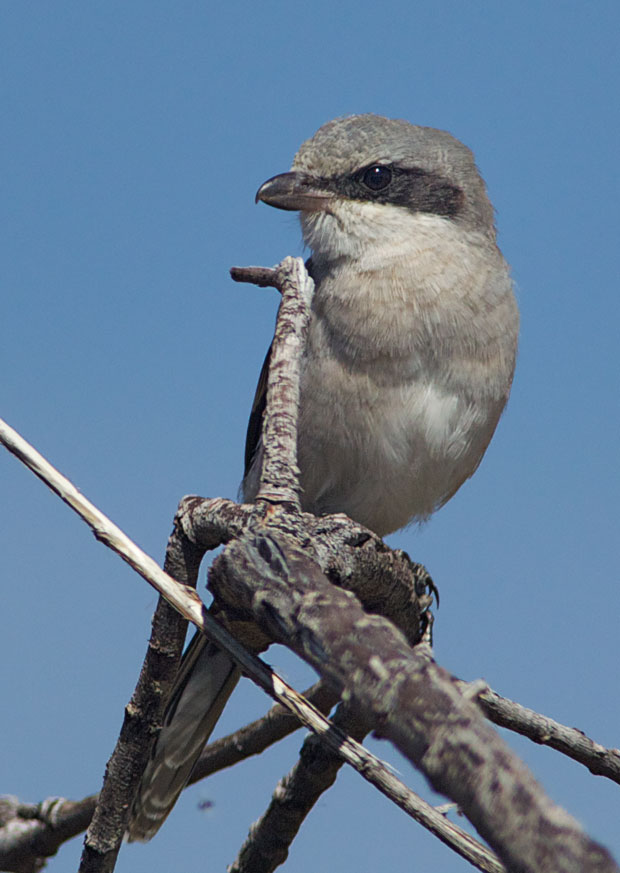
I’ve seen California Quail in a number of places, particularly in California, but I’ve never gotten one to pose like this one did, standing watch over his family:
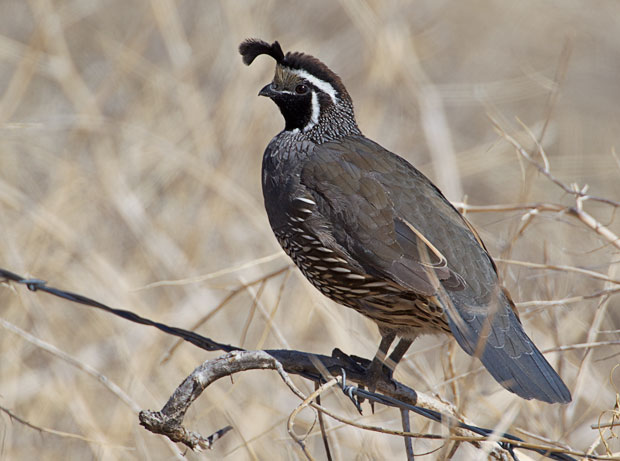
And, as on the last trip to Malheur, I even managed to scare up a pheasant,
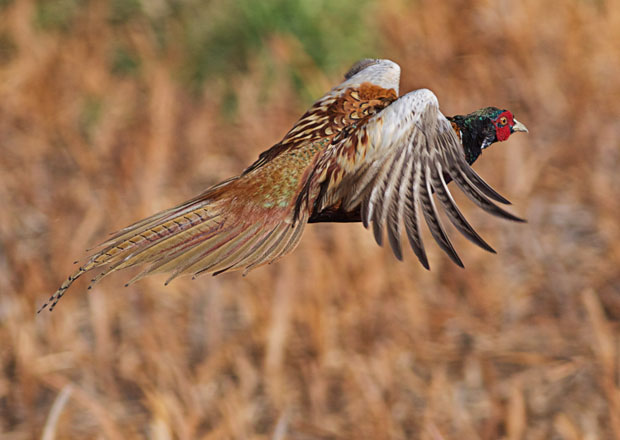
always a delightful, explosive moment.

